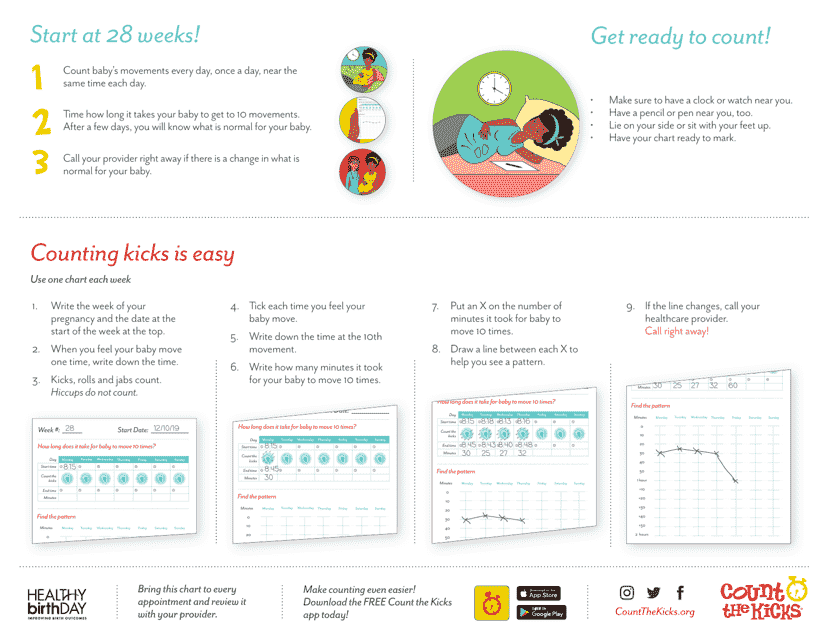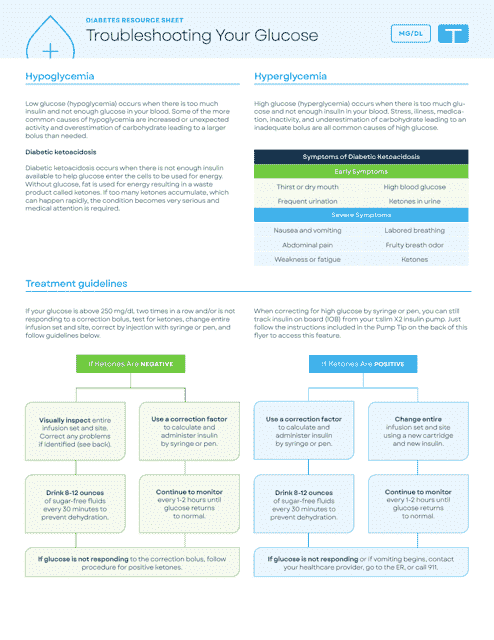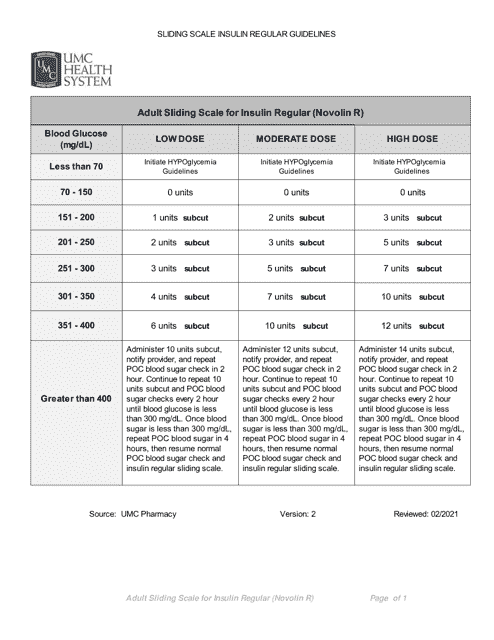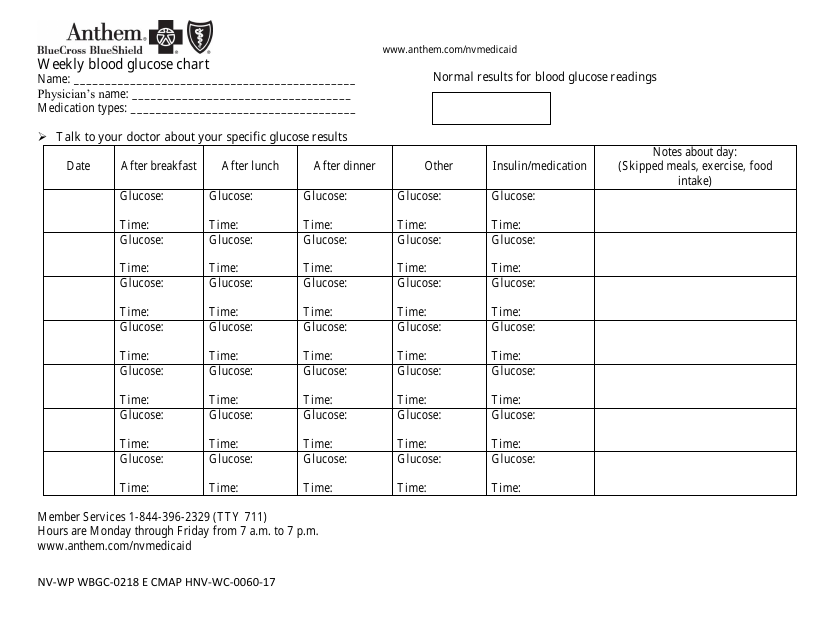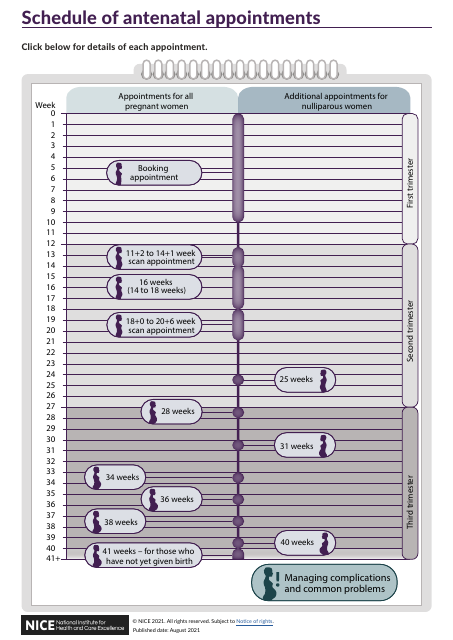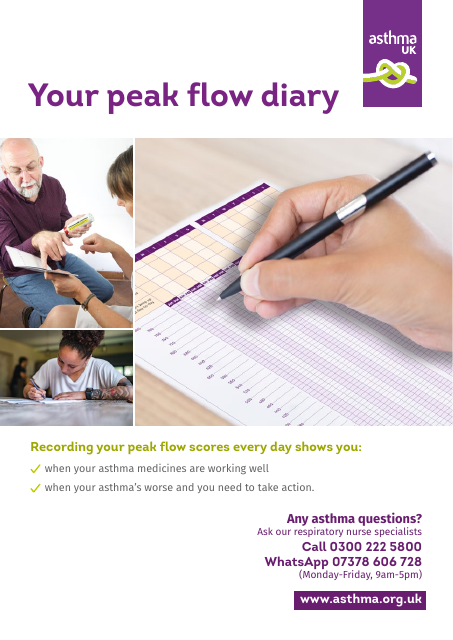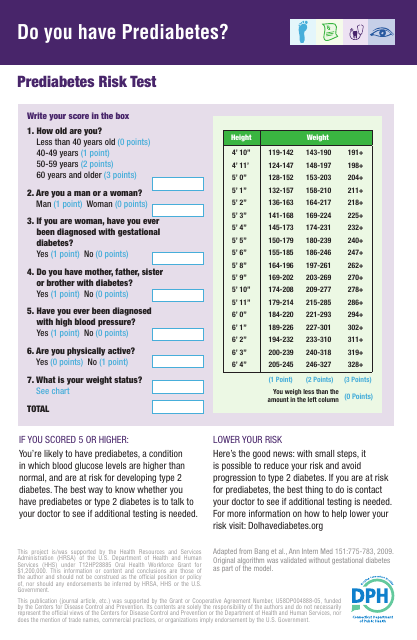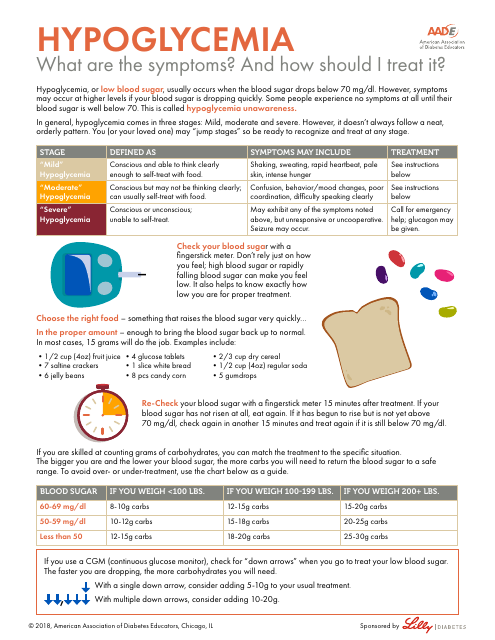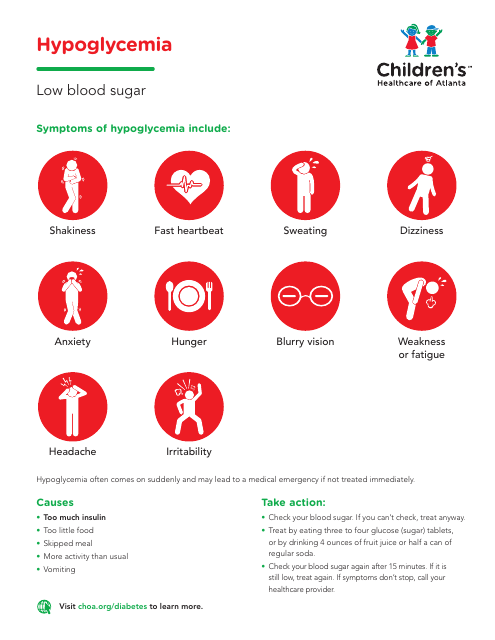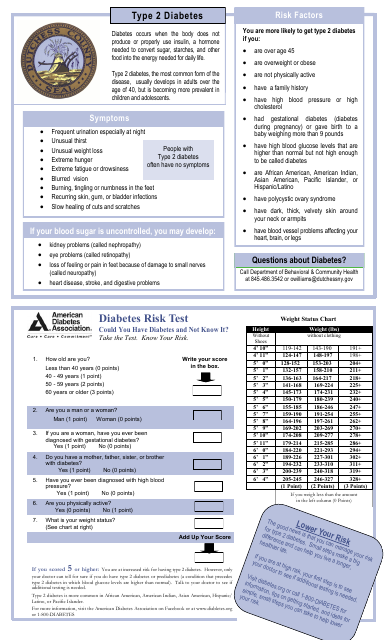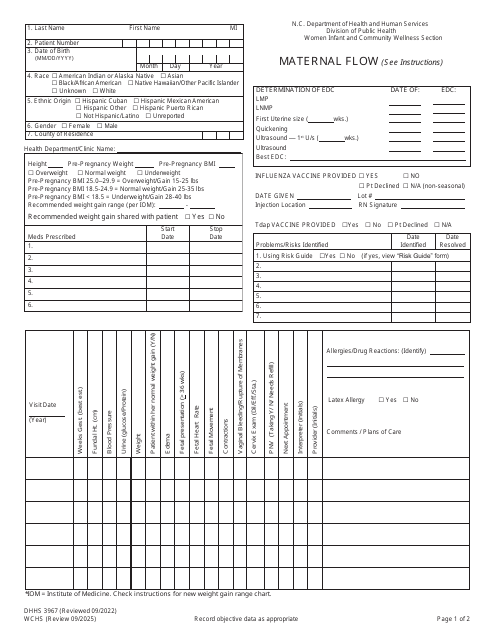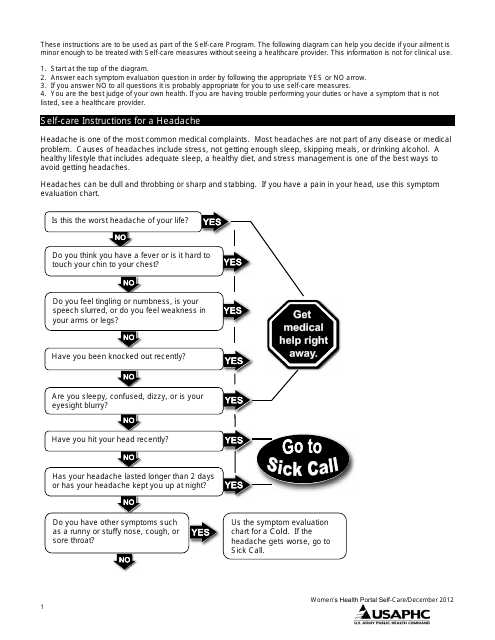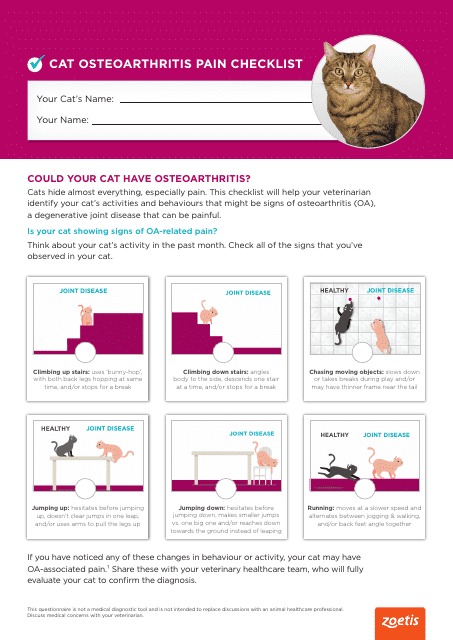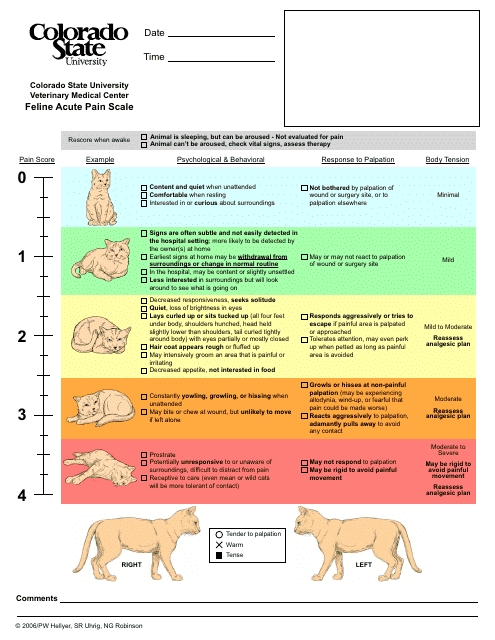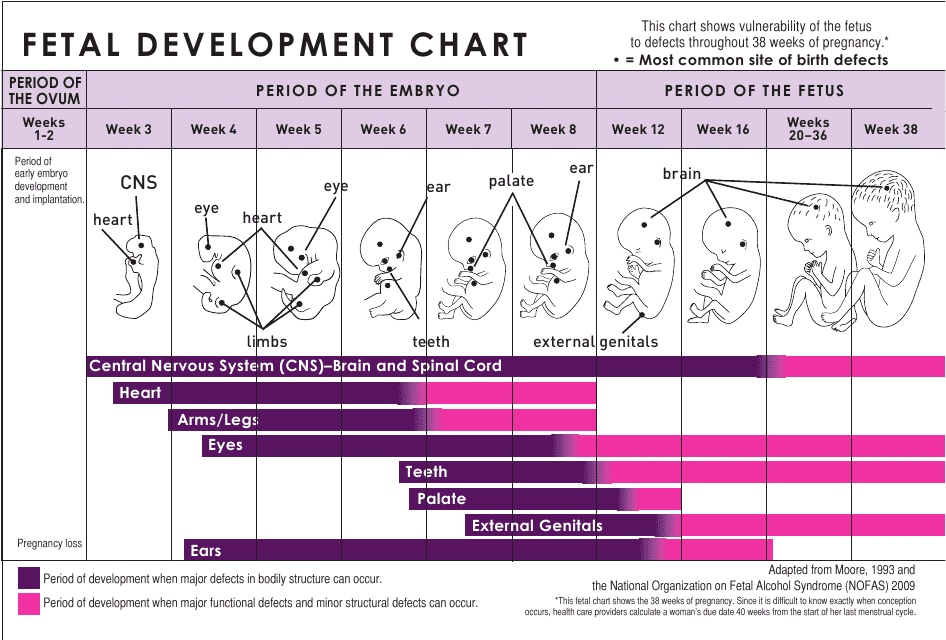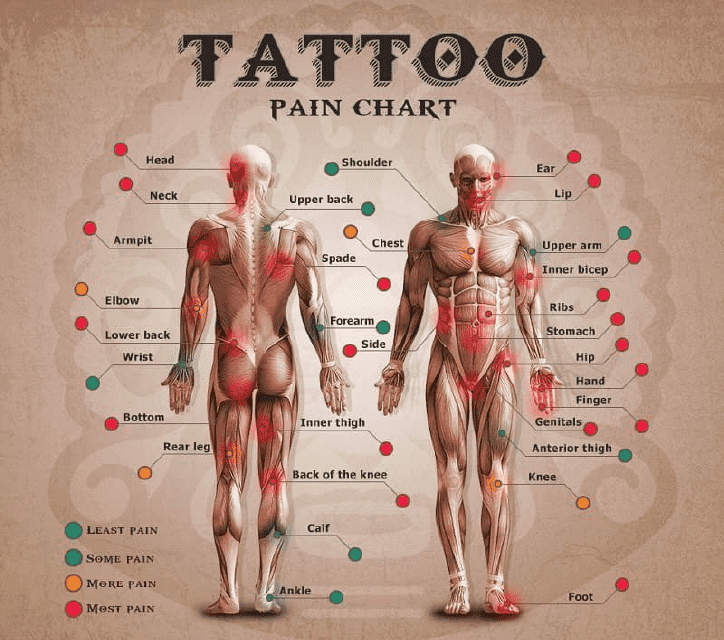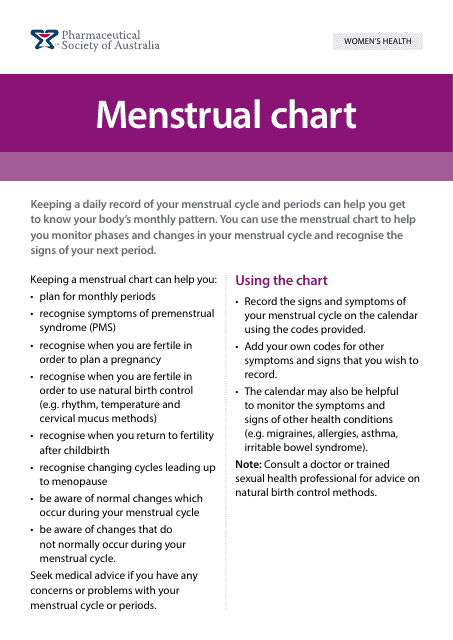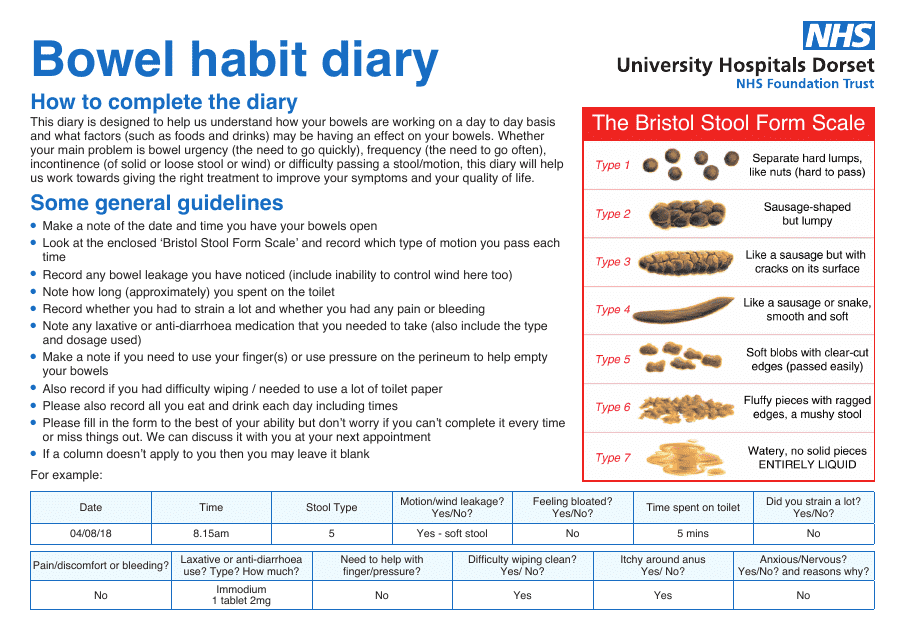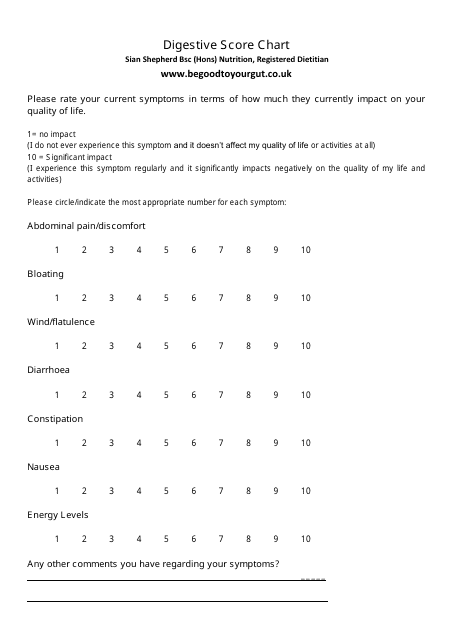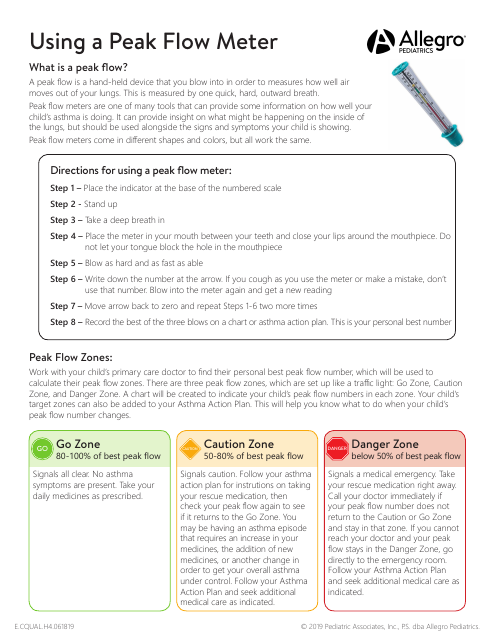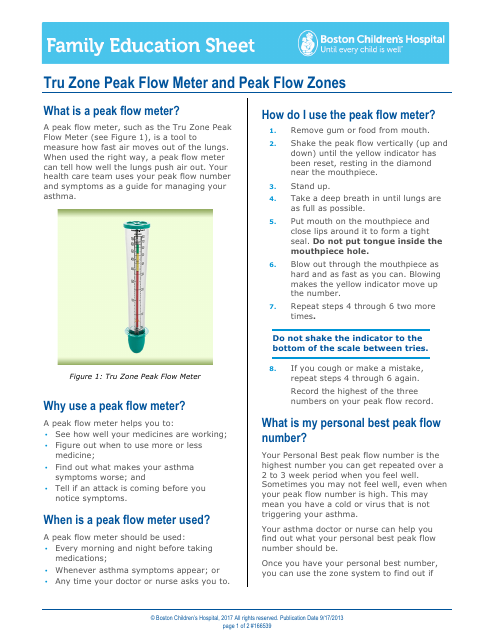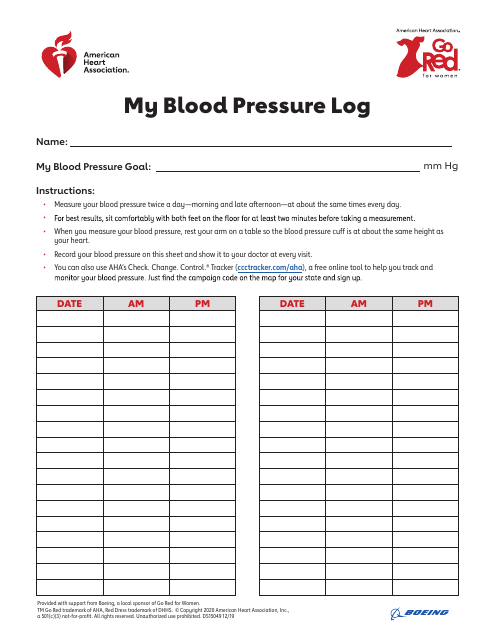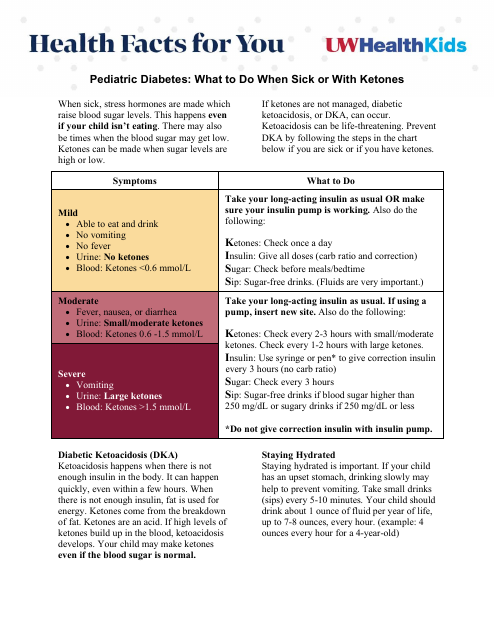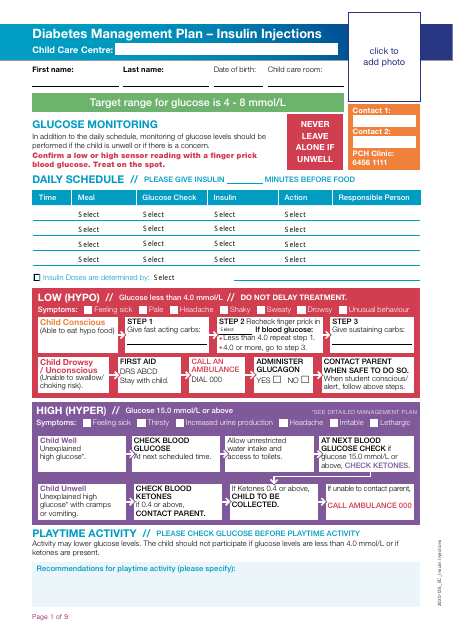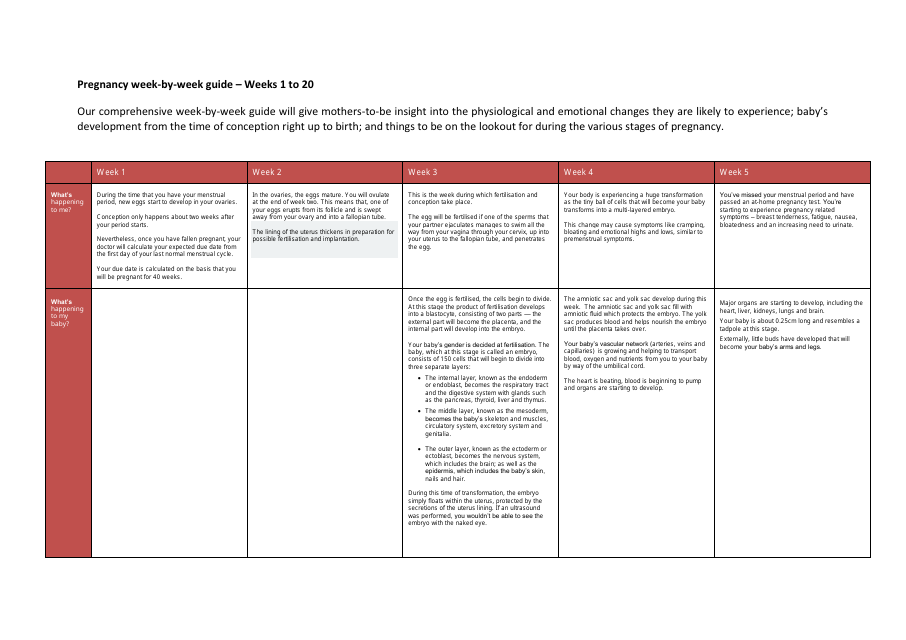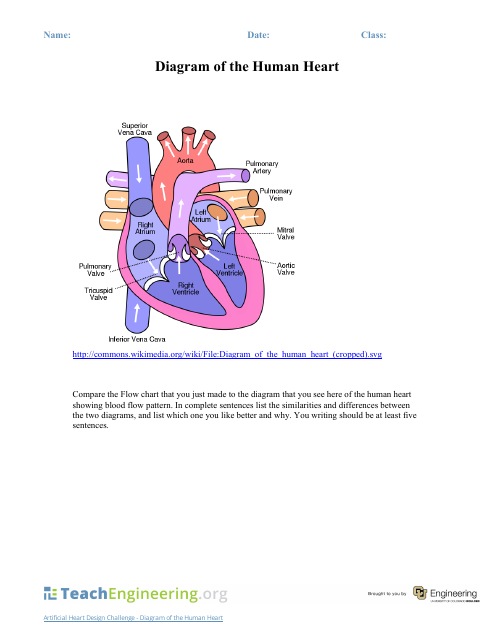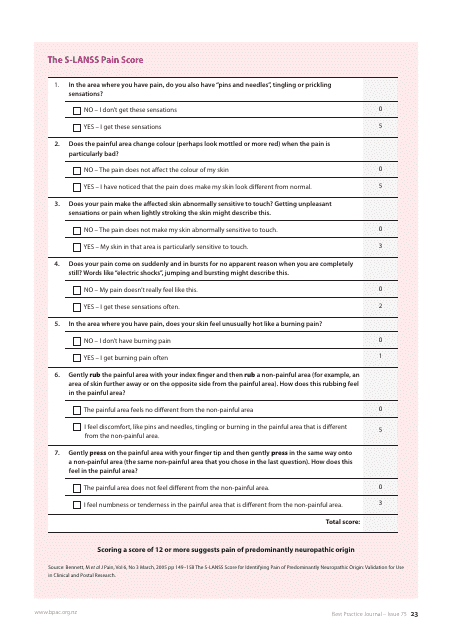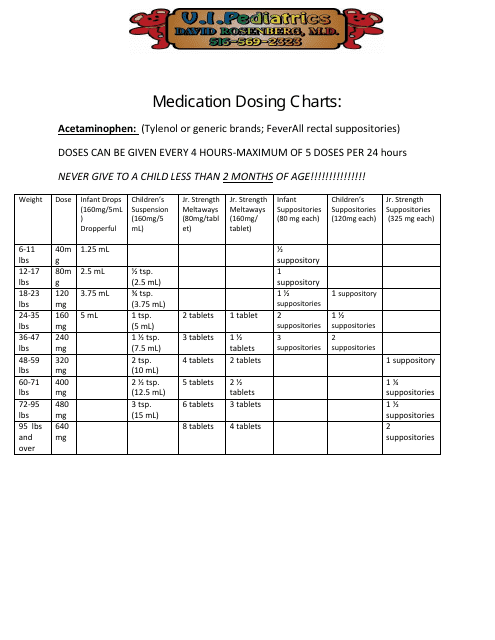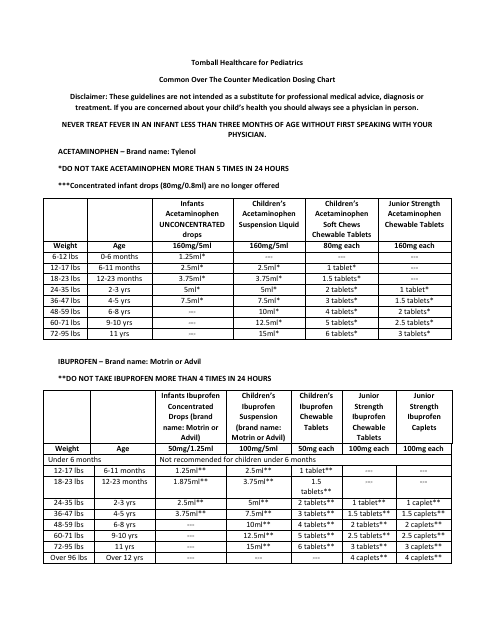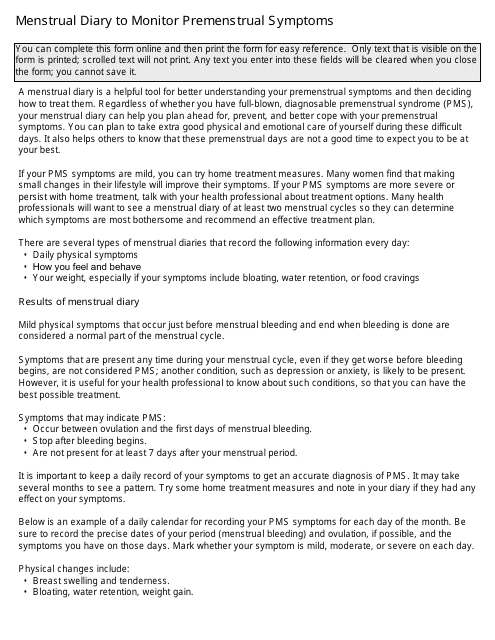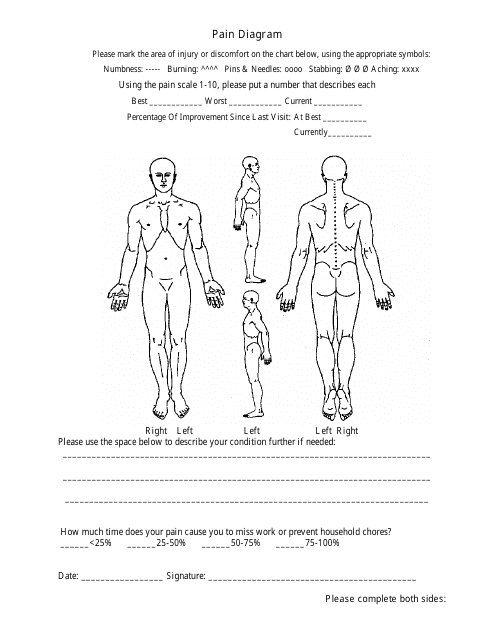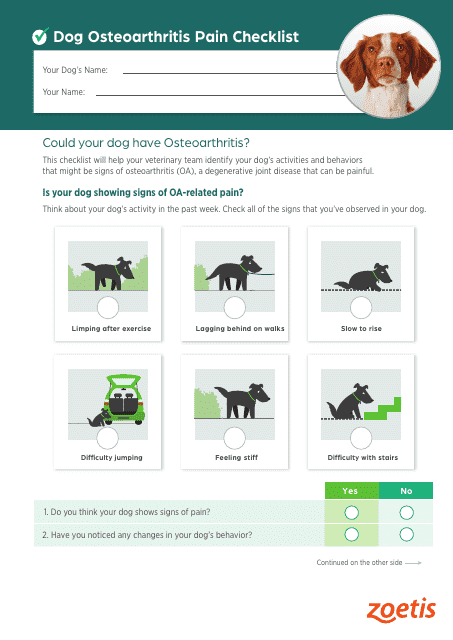Free Medical Chart Templates
Documents:
884
This template is used for tracking and monitoring asthma symptoms and triggers over time. It helps individuals with asthma to stay organized and communicate with their healthcare providers about their symptoms and treatment.
This document is a baby kick count chart used to track the movements of your baby during pregnancy to ensure a healthy birth day.
This document provides troubleshooting tips for managing glucose levels for individuals with diabetes. It is a helpful resource sheet provided by Tandem Diabetes Care.
This document provides a sliding scale for adjusting insulin doses for adults using Insulin Regular (Novolin R) based on their blood sugar levels.
This document is a weekly blood glucose chart provided by Anthem. It helps individuals track and monitor their blood sugar levels over the course of a week.
This document outlines the schedule of antenatal appointments recommended by the National Institute for Health and Care Excellence. It provides information on when and how often pregnant women should have appointments with healthcare professionals during their pregnancy.
This document is a peak flow diary used to track the progress and management of asthma. It helps individuals monitor their peak flow readings and manage their asthma symptoms effectively.
This document is a prediabetes risk test specific to the state of Connecticut. It helps individuals assess their risk of developing prediabetes, a precursor to type 2 diabetes.
This document provides a chart of common symptoms of hypoglycemia, which is low blood sugar. It is published by the American Association of Diabetes Educators.
This document provides a chart that lists the symptoms of hypoglycemia and hyperglycemia in children. It can be used as a reference to help parents and caregivers recognize and manage these conditions.
This document is a risk test for type 2 diabetes. It helps individuals assess their risk of developing type 2 diabetes based on various factors such as age, BMI, and family history.
This document is a worksheet used for tracking and analyzing blood glucose levels in pets. It helps pet owners and veterinarians monitor and manage diabetes in animals.
This form is used for tracking and monitoring the health of pregnant women in North Carolina. It provides a comprehensive overview of the maternal health status and allows healthcare providers to ensure proper care and support throughout pregnancy.
This chart provides self-care recommendations for managing headaches. It includes tips for relief and preventive measures.
This document is a reference tool for assessing and monitoring the discomfort and mobility issues in cats suffering from osteoarthritis. It highlights the usual symptoms and behaviors that indicate pain in felines due to this condition.
This document provides a guideline on how to assess and measure acute pain in cats. Useful for veterinarians and pet owners, it aids in identifying signs of distress, which can result in a more effective treatment plan.
This document provides a week-by-week guide to the growth and development of a fetus during pregnancy. It includes details on size, weight, and organ development to help expectant parents understand the stages of fetal development.
This document provides a series of developmental checklists from birth to five years old. It helps parents and caregivers monitor the growth, behavior, and skill acquisition of children, ensuring each developmental stage is reached appropriately.
This document provides an illustrative representation of the varying degrees of discomfort one might experience while getting a tattoo on different parts of the body. It is especially helpful for individuals interested in body art and seeking to understand potential pain levels of different tattoo placement sites.
This document is primarily used by healthcare professionals and patients in the United Kingdom to monitor and record patterns and problems related to bladder and bowel function. It helps in diagnosing medical conditions related to bladder and bowel control.
This document is a tool primarily intended for women to track their menstrual cycle. It allows tracking of the start and end dates of period, symptoms, mood fluctuations as well as fertility signs. Useful for identifying patterns, predicting next period, and informative tool for healthcare consultations.
This document is a personal record used in the United Kingdom to track and monitor an individual's bowel movements and habits, useful for diagnosing and managing digestive health issues.
This document is used for tracking and evaluating the health of your digestive system. It helps monitor symptoms and discuss them accurately with healthcare professionals.
This document provides approximate blood alcohol percentage charts that can help to estimate one's level of intoxication based on their weight, number of drinks consumed, and the amount of time passed since their last drink.
This document provides a peak flow zones chart for pediatric patients. It helps parents and caretakers understand how to monitor respiratory health in children.
This form is used for keeping track of peak flow measurements for children with asthma. It helps identify different zones to manage asthma symptoms effectively.
This document is used for tracking and recording blood pressure readings. It is a useful tool provided by the American Heart Association and Boeing for monitoring heart health.
This document provides a chart that outlines the symptoms of pediatric diabetes. It can be a useful resource for parents and caregivers to understand and recognize the signs of diabetes in children.
This document is used to track and assess the vital signs and pain levels of a person. It helps healthcare professionals monitor their patients' health and manage their pain effectively.
This document outlines the diabetes management plan for a child care center, specifically focusing on insulin injections.
This document provides information on the Dash Eating Plan, which is a dietary approach that can help lower blood pressure and cholesterol levels. The plan focuses on consuming foods that are low in sodium and saturated fats, while emphasizing the intake of fruits, vegetables, whole grains, lean proteins, and low-fat dairy products. Following the Dash Eating Plan can support a healthier heart and reduce the risk of cardiovascular disease.
This document outlines the Dietary Approaches to Stop Hypertension (DASH) Eating Plan, developed by the Regents of the University of California. The DASH Eating Plan is a recommended diet for individuals looking to manage or prevent high blood pressure. It emphasizes consuming fruits, vegetables, whole grains, lean proteins, and low-fat dairy products while limiting sodium, processed foods, and sugary beverages.
This document provides a week-by-week guide for the first 20 weeks of pregnancy, offering valuable information and tips for expecting mothers.
This diagram shows the structure and anatomy of the human heart. It helps in understanding how the heart functions and the various parts involved in pumping blood throughout the body.
This document contains the Short-Form McGill Pain Questionnaire (S-LANSS), used by healthcare providers to evaluate and score a patient's pain level for both diagnostic and treatment purposes.
This document provides guidelines on the correct dosage of medication for children based on factors such as age, weight, and severity of condition. It is a valuable resource for healthcare professionals, parents, and caregivers administering medication to pediatric patients.
This document provides a comprehensive table for understanding the standard dosing instructions for various over-the-counter medications. It includes details such as the medicine name, dosage amount, and frequency, ensuring safe and appropriate use.
This document is typically utilized by women to keep track of their menstrual cycles. It helps in monitoring cycle length, symptoms, flow intensity, and any irregularities which can be critical information for healthcare providers.
This document is a reference tool used by healthcare professionals to understand and record a patient's pain level, pinpoint its exact location, and track the duration or frequency of the symptoms. It provides tables for detailed annotations about the patient's pain experience.
This document serves as a resourceful guide for monitoring and identifying the symptoms of osteoarthritis in dogs. It provides details on various signs of pain that pet owners need to be aware of for timely treatment and care.


